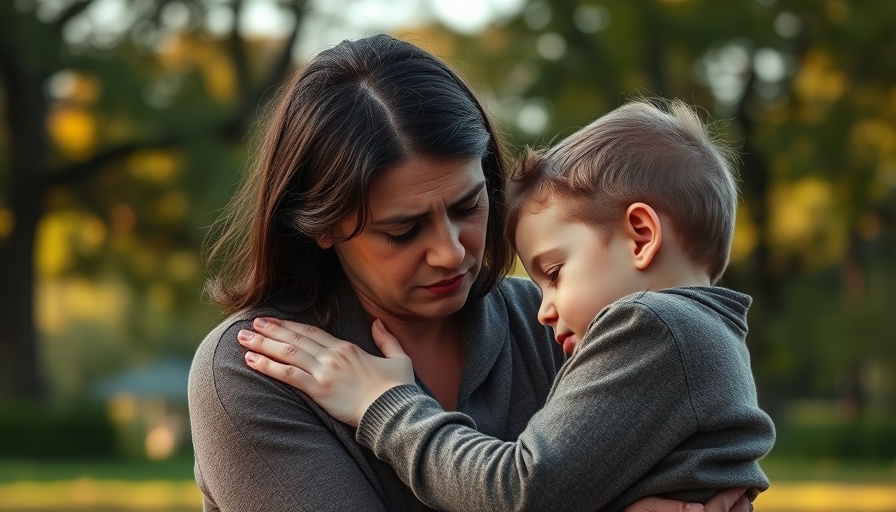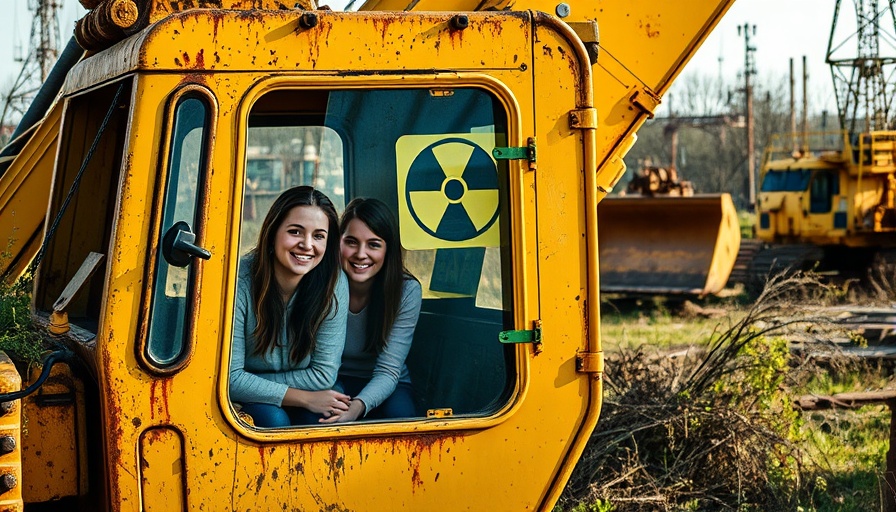
Understanding the Role of Community Health Centers
Infectious diseases can spread uncontrollably, particularly in low-income neighborhoods where healthcare access is limited. The COVID-19 pandemic highlighted these challenges as outbreaks surged in many underserved areas. Community health centers (CHCs) step up where traditional healthcare systems fall short, offering crucial services that both prevent and respond to outbreaks.
Access to Essential Health Services
Community health centers act as a safety net for individuals who might not otherwise receive care. Many residents in these areas lack insurance, face language barriers, or have jobs that impede their ability to see a doctor. By providing affordable or free healthcare, CHCs ensure that patients seek help before symptoms escalate. This proactive care includes early diagnosis of conditions like the flu and sexually transmitted infections, crucial in curtailing the spread of disease.
The Power of Health Education
Effective disease prevention extends beyond vaccines and medicine; it involves comprehensive health education. CHCs engage in outreach programs aimed at local schools, workplaces, and community groups to educate residents on critical health practices like proper handwashing and recognizing symptoms that warrant medical attention. Because these educators are familiar figures in the community, residents are more likely to trust and respond to their messages. This grassroots approach can significantly mitigate the spread of infectious diseases.
Quick Response to Health Outbreaks
When an outbreak occurs, time is of the essence. The embedded nature of community health centers allows for rapid response that larger hospitals may lack. During the COVID-19 crisis, these centers quickly transitioned into vaccination hubs, distributing essential supplies such as masks and hygiene kits—all supported by trustworthy information. Their established relationships within the community played a vital role in the public health response, potentially saving numerous lives through swift action.
The Vital Role of Nurses at Community Health Centers
Nurses serve as the backbone of community health centers. They often serve as the first point of contact, skilled at recognizing symptoms and providing reassurance. Their training equips them to perform critical tasks like screening patients, administering vaccines, and conducting follow-ups. Community health centers rely on nurses not only for medical care but to foster a compassionate environment that encourages patients to seek health services promptly.
Building Trust to Improve Health Outcomes
Building a trusting relationship with the community underscores the importance of CHCs. Many residents may have harbored mistrust towards large healthcare institutions, but CHCs can bridge that gap by demonstrating consistent care and understanding. This trust factors heavily into health promotion and disease prevention, making CHCs invaluable in combatting the spread of infectious diseases.
Conclusion: The Lifeline of Underserved Communities
The role of community health centers cannot be overstated. They represent an essential resource, tackling healthcare inequalities while safeguarding public health. Their multifaceted approach—ranging from accessible care and swift outbreak responses to community education—provides a strong defense against infectious diseases. Investing in CHCs is investing in healthier communities.
 Add Row
Add Row  Add
Add 




Write A Comment